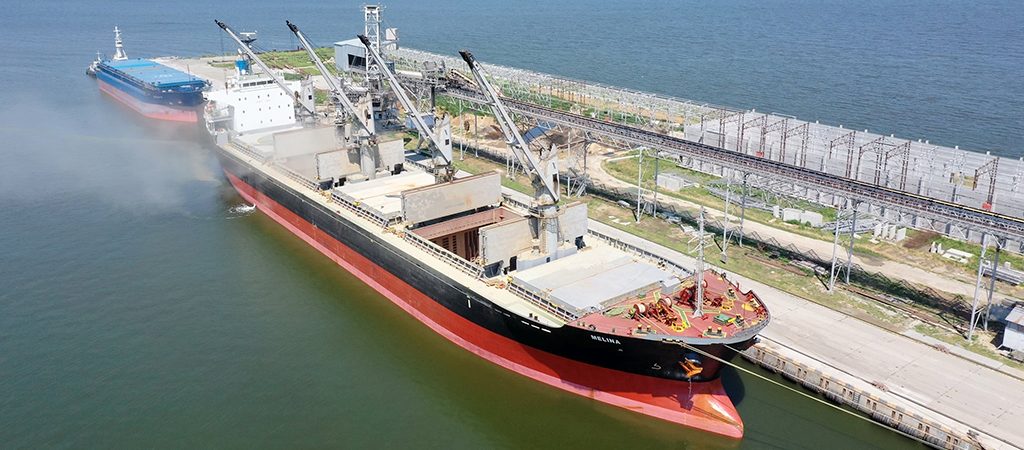The Wheat Dashboard of the World Trade Organization (WTO) has recorded a 40% drop in year-on-year (y-o-y) shipments of wheat through the Suez Canal since Houthi rebels based in Yemen started attacking commercial vessels.
Since last November’s militia hijacking of the Galaxy Leader, a roll-on roll-off vessel carrying 4 500 cars, attacks in the Red Sea near the narrow strait of Bab-el-Mandeb in the south, have placed a significant strain on Suez traffic.
According to global freight forwarding research, no fewer than 18 lines are diverting vessels away from the Red Sea.
Due to rising tension in the area, escalated by western collaborative counter-missile strikes, including aerial strikes from a US aircraft carrier on military installations in Yemen, wheat shipments through the Suez have decreased to 0.5 million metric tonnes; it is estimated that around 76 million metric tonnes of grains, oilseeds and oilseed products are shipped annually from the European Union, the Russian Federation and Ukraine to Asia and Eastern Africa, representing 17% of global trade in those commodities.
Because of Russia’s war on Ukraine, that figure has already been decreasing.
“In December 2023, around 8% of wheat shipments from the EU, the Russian Federation and Ukraine to selected Asian countries and Eastern Africa were delivered via routes other than the Suez Canal,” the WTO has said.
“This compares with an average of 3% before December. During the first half of January, the share of shipments using alternative routes is estimated to have surged to 42%.
“Wheat shipments from the EU via routes other than the Suez Canal totalled 330 000 metric tonnes from the start of December to mid-January (compared to 50 000 metric tonnes during the same period last year).
“Around 190 000 metric tonnes of wheat have been diverted via alternative routes from the Russian Federation over the same period (compared to zero one year ago). However, all shipments from Ukraine to the Asian and Eastern African countries cited above continued to transit via the Suez Canal during December and January.”
The WTO added that the latest data also indicates some slowdown in world seaborne wheat imports in recent months versus the previous year, with the cumulative volume as at mid-January marginally lower y-o-y.
“This compares to a 17% y-o-y increase as of end-August 2023 and a 6% rise as of end-October.
Despite the portents of global wheat stress reflected by the current situation south of the Suez, the WTO has said that the global trade in the staple is strong “in the face of recent market shocks”.
It indicates that pressures from Covid-19 and Black Sea shipment challenges since Russia’s Ukraine invasion in February 2021 have primed exporters to remain resourceful in their commitment to wheat flows.




